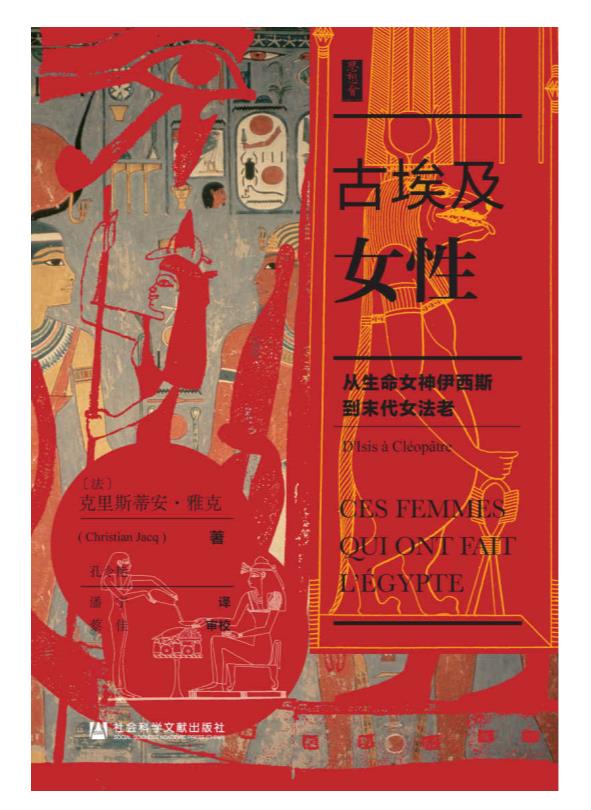2016年1月11日 讯 / --最近,来自加拿大西蒙弗雷泽大学的科学家通过研究发现,生孩子的数量或可影响女性机体老化,相关研究刊登在国际杂志PLoS ONE上。
文章中,研究者发现,生出更多可存活儿童的女性机体中含有较长的端粒,而端粒是DNA末端的保护性末端,同时也是机体细胞老化的指示器,较长的端粒对于细胞复制不可或缺同时其也和机体长寿直接相关。
本文研究中,研究人员对2个相邻的危地马拉当地农村社区的75名女性进行了相关研究,调查了参与者所生儿童数量和端粒长度之间的关联,研究者通过对唾液样本和腔内拭纸分析,在相隔13年的两个时间点里对参与者的端粒长度进行了测定,这项研究首次分析了生孩子数量和机体端粒缩短之间的直接关联。
本文研究否定了之前的一种推测,即认为生孩子数量越多将会加速女性生物老化的轨迹,研究者Nepomnaschy说道,我们却在生孩子较多的女性机体中发现端粒缩短的速度较慢,这或许取决于女性怀孕期间产生的雌激素的剧烈增加所致,而且雌激素可以作为一种潜在的抗氧化剂来保护细胞免于端粒缩短。
研究者还解释道,参与者所处的社会环境或许也会影响其生育效力和老化过程之间的关联,研究者在文章中所追踪的女性均来自具有自然生育力的群体,即生育较多孩子的母亲往往会接收到来自亲戚和朋友较多的社会支持,大量的支持就会增加女性机体能量的代谢,从而就可以维护机体组织,进而减缓机体衰老;当然研究者还希望通过后期大量的研究来阐明这种现象背后的分子机制。
来源:生物谷
doi:10.1371/journal.pone.0146424
PMC:
PMID:
Number of Children and Telomere Length in Women: A Prospective, Longitudinal Evaluation.
Barha CK1, Hanna CW2,3, Salvante KG1,4, Wilson SL2,3, Robinson WP2,3, Altman RM5, Nepomnaschy PA1,4.
Life history theory (LHT) predicts a trade-off between reproductive effort and the pace of biological aging. Energy invested in reproduction is not available for tissue maintenance, thus having more offspring is expected to lead to accelerated senescence. Studies conducted in a variety of non-human species are consistent with this LHT prediction. Here we investigate the relationship between the number of surviving children born to a woman and telomere length (TL, a marker of cellular aging) over 13 years in a group of 75 Kaqchikel Mayan women. Contrary to LHT's prediction, women who had fewer children exhibited shorter TLs than those who had more children (p = 0.045) after controlling for TL at the onset of the 13-year study period. An "ultimate" explanation for this apparently protective effect of having more children may lay with human's cooperative-breeding strategy. In a number of socio-economic and cultural contexts, having more chilren appears to be linked to an increase in social support for mothers (e.g., allomaternal care). Higher social support, has been argued to reduce the costs of further reproduction. Lower reproductive costs may make more metabolic energy available for tissue maintenance, resulting in a slower pace of cellular aging. At a "proximate" level, mechanisms involved may include the actions of the gonadal steroid estradiol, which increases dramatically during pregnancy. Estradiol is known to protect TL from the effects of oxidative stress as well as increase telomerase activity, an enzyme that maintains TL. Future research should explore the potential role of social support as well as that of estradiol and other potential biological pathways in the trade-offs between reproductive effort and the pace of cellular aging within and among human as well as in non-human populations.
声明:本文章资源来源于网络整理,本站发布的内容若侵犯到您的权益,请联系站长删除,我们将及时处理,联系方式QQ:2879219949,Emil:2879219949@qq.com。









